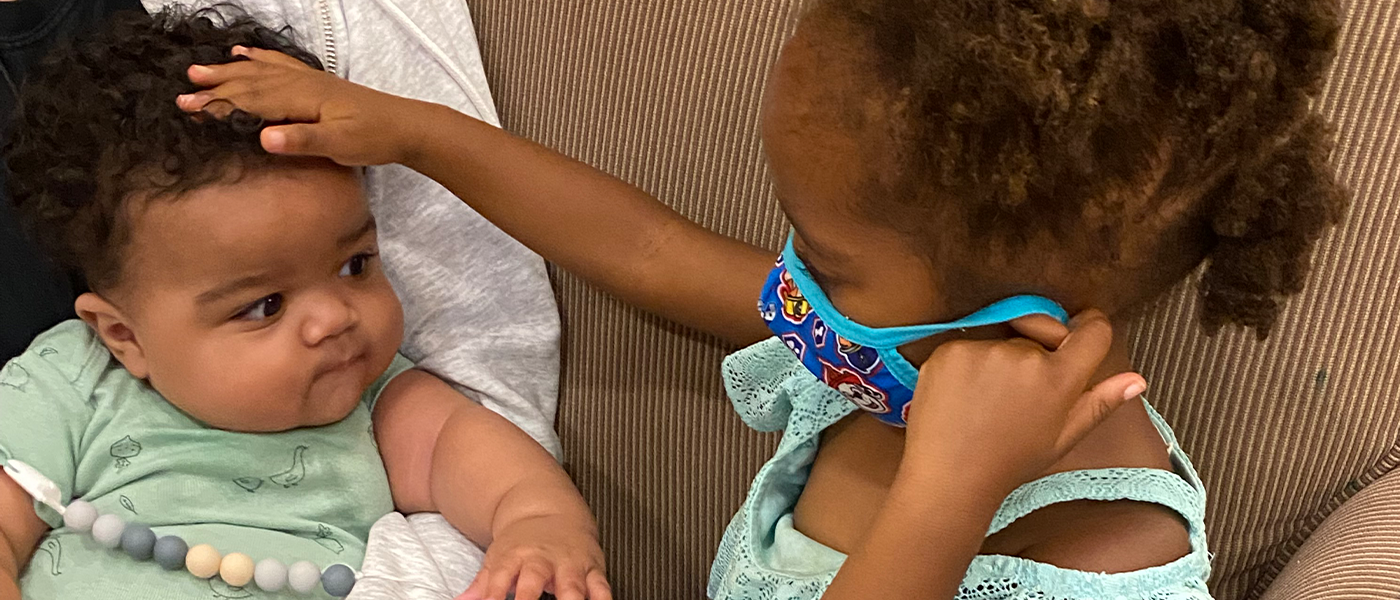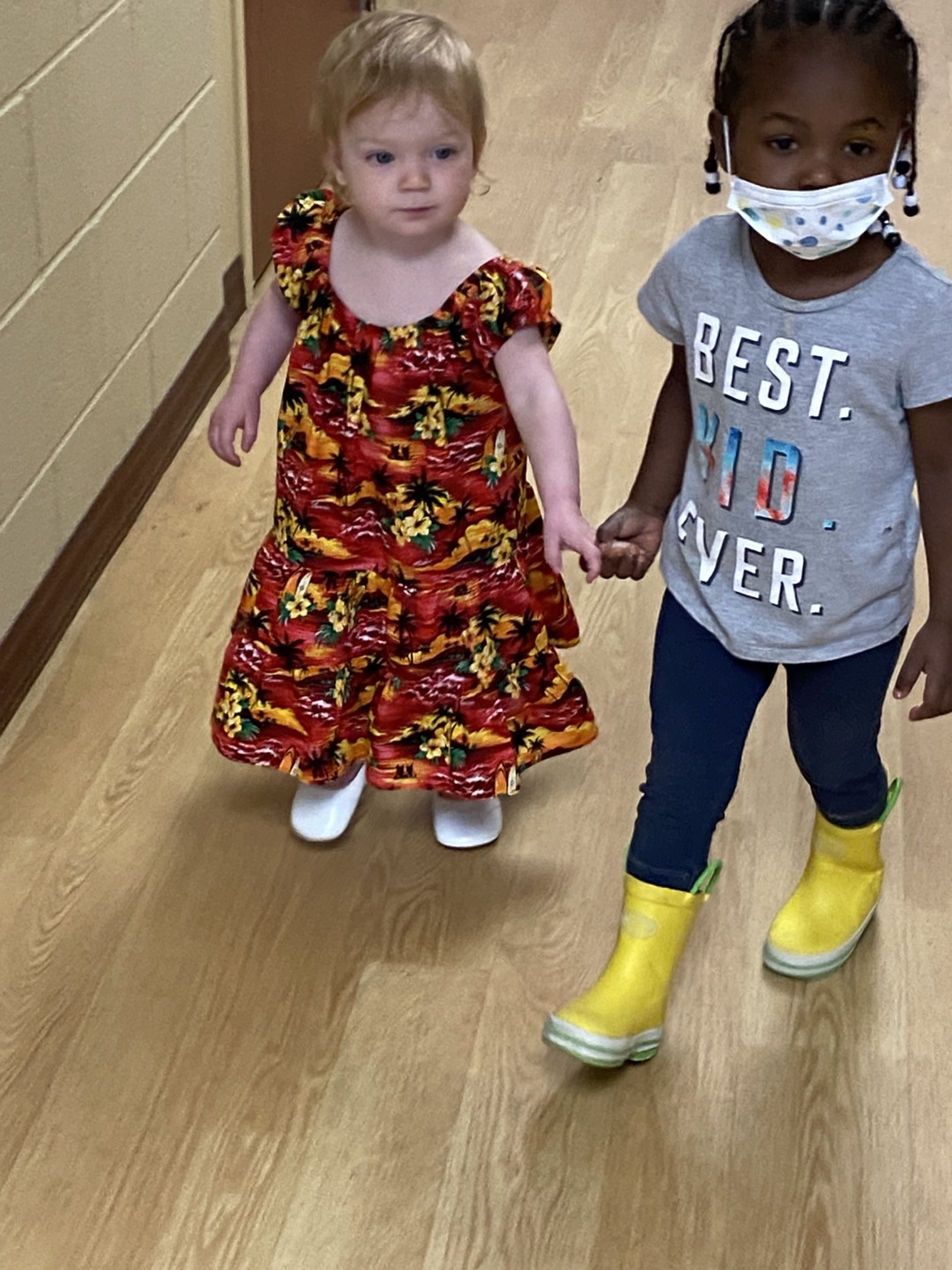
Mixed-age grouping is more natural and family-like. In this dynamic, children can experience being the youngest or oldest children in the classroom while building sustained relationships. Children experience a diversity of experiences and learn how to care for and empathize with others. In a mixed-age classroom, the children are at various developmental levels, so their needs are different, and teachers are not overwhelmed by meeting the same kinds of needs for all children. There is less competition between children due to a mixture of ability levels and lower staff to child ratios allow for more individual attention.
Since the pandemic hit in 2020, our classroom has had the same children that now mostly all are turning 3 this year and transitioned to preschool. We then added young toddlers and five babies into our classroom. This changed the dynamic of our classroom completely with maintaining ratios, flexibility in schedules, routines and supporting the babies.
The teachers met to discuss how to change the classroom environment to better serve the needs of the babies. We added soft toys, a pool for the babies to lay in and boppie pillows to help with tummy-time. The crib space was enlarged, and we moved a few spaces in the classroom keeping in mind the interests of the new children.
One of our toddlers was curious and excited to see the babies and younger peers, while others did not seem to notice. The new children seemed shy at first, and then gradually started to get comfortable in their unique environment. Throughout the week, they were learning about our routines of the day, names of new peers and teachers and observing our school environment and spaces within.
The teachers were learning everything about the babies and then tweaking their schedules as needed. We needed to think about their eating and sleeping schedules and how they would look different from the toddlers.
All our older veterans of the classroom were showing the new children different areas in our room, they would hold their hands while walking outside and take them to activities and check on them gently by rubbing their head. Some of our toddlers took interest in helping to feed the babies and give them their pacifiers or a toy when sad.
We slowly developed a diverse classroom with families from diverse cultures and religions. The teachers started to speak some languages that are commonly spoken in families but also incorporated new ones. During circle-time, we used some words and showed them some sign language that went along with the songs.
Benefits for older toddlers:
• Provides more opportunities to take on a leadership role
• Allows them more opportunities to teach or explain
• Gives them the opportunity to take on the role of caregiver
• Builds greater self-esteem from helping younger children
• Scaffolds for younger children
• Teaches them appropriate ways to meet younger children’s needs
• Helps younger children learn classroom rules
• Offers the chance to model pro-social behavior to younger children
Benefits for younger toddlers:
• Gives the opportunity to try and understand the work that older children do
• Teaches how to be nurturing and helpful because it is modeled by older children
• Participates in more complex activities that they may not have initiated themselves
• Strengthens communication, literacy, and verbal skills
• Exposes to more mature problem-solving and gives them opportunities to try new ways to problem-solve
• Teaches that their needs cannot always be met immediately
• Teaches how to be successful while accepting their limitations



Early learning content standards:
Social and emotional development
Children can show empathy and be older role models in caring for their younger peers. They demonstrate strong prosocial skills and take pleasure in doing simple favors for others through affection.
Language and literacy development
Introduces sign language as a means of communication and the exposes babies to early expressive and receptive language from older toddler peers. We also introduced other languages while reading books and in our writing area.
Motor development
Some babies worked on strengthening their upper core muscles to sit independently while the others needed more support with tummy-time.

